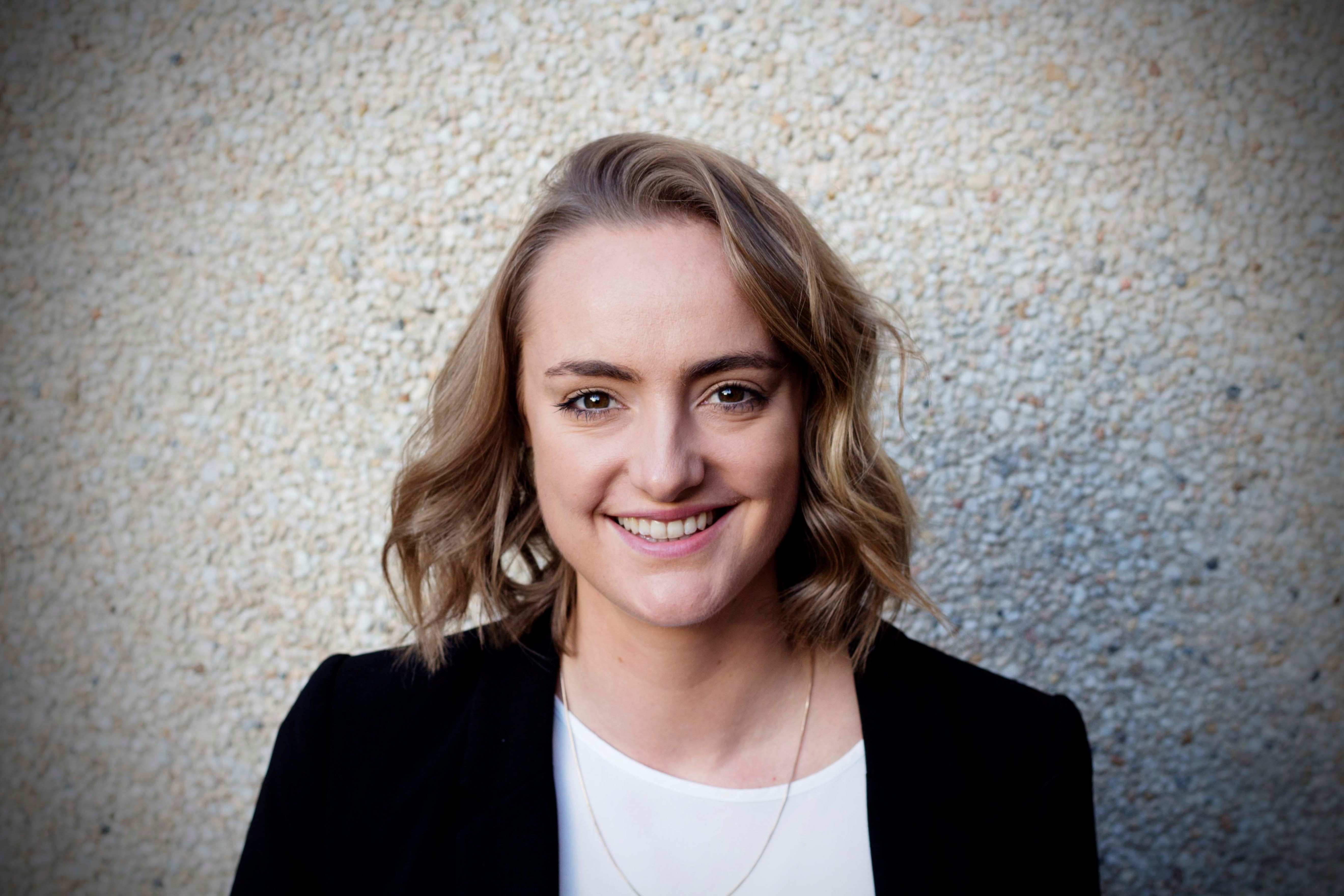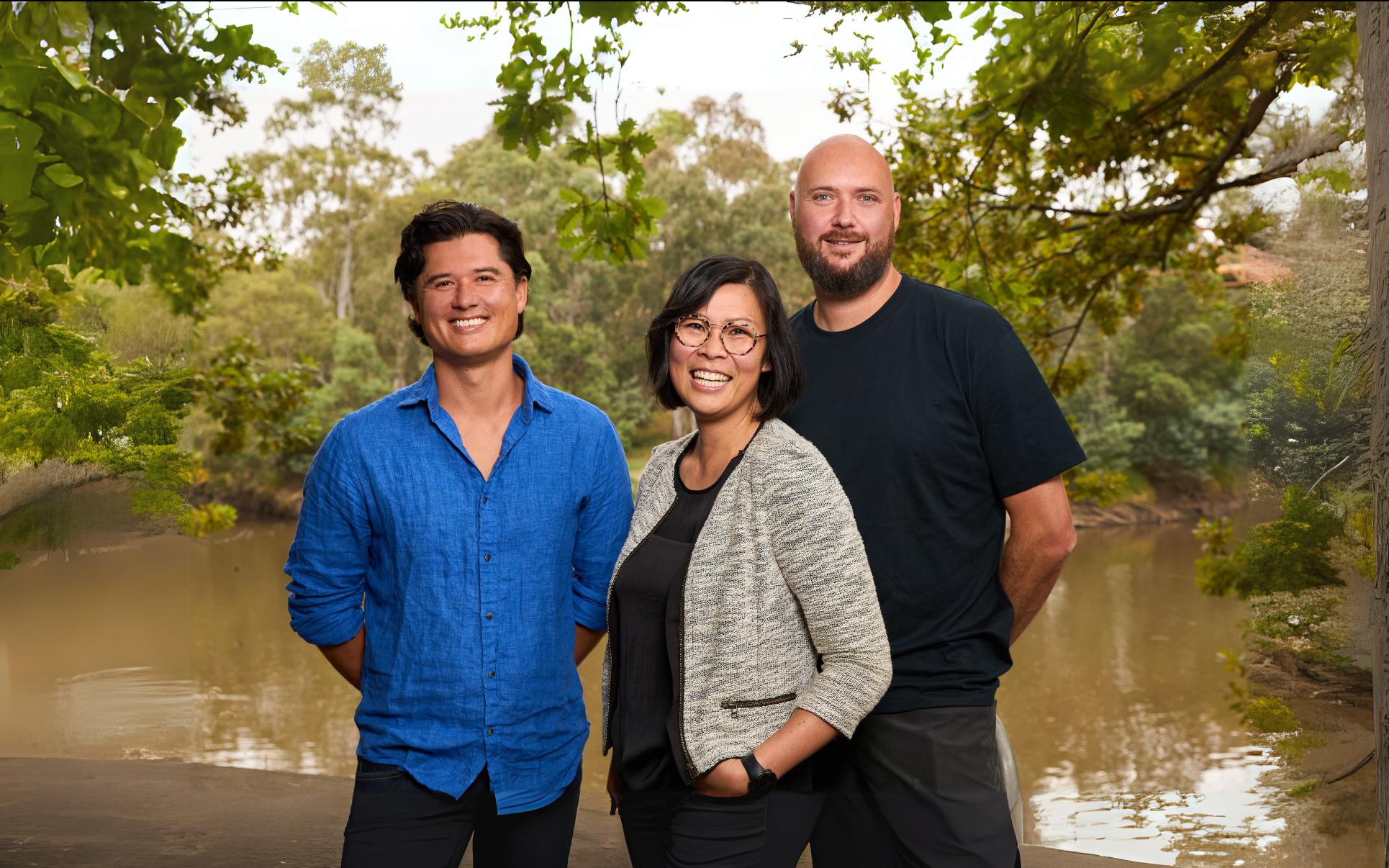This is the second edition of Giant Leap’s deep dive series, where our investment team explores the technologies and approaches addressing global problems of climate, health and people with commercial solutions (read the first edition on the future of sustainable aviation here). In this deep dive into femtech, we share our insights on where we see the greatest opportunities and challenges toward progress.
The Problem
In the past 50 years, we’ve lived through medical advances our grandparents would have relegated to the realm of science fiction, yet half the population remains sidelined by a data gap so pervasive that it affects every aspect of their care.
Medical research has historically overlooked the realities of the physiology of bodies assigned female at birth, leading to a massive, persistent gap in health data. Women’s unique health concerns – which are far broader than just fertility, menstruation and menopause – remain under-researched, often misunderstood and frequently dismissed. As a result, women face longer diagnostic delays, fewer available treatments, less effective treatments when they are available, and exposure to a myriad of otherwise preventable health risks.
This gap isn’t just a moral oversight; it’s a market failure. The good news, however, is that we see the opportunity for a profound shift on the horizon. Rapid advancements in artificial intelligence (AI) and large language models (LLMs) have transformed our ability to analyse data at a scale and depth previously unimaginable. These tools now provide the computational power to process vast datasets, uncover hidden patterns, and extract insights at unprecedented speed. When applied to underrepresented datasets in women’s health, AI has the potential to reveal overlooked patterns and unlock genuinely representative diagnostics and treatments.
As investors, we’re faced with both immense opportunity and the responsibility to bridge this divide. Backing founders building healthcare solutions that close the data gap stands to improve health outcomes for millions while unlocking a multibillion-dollar market.
What is the health data gap?
The health data gap we are referring to is the fundamental lack of research and clinical data that adequately reflects the physiology, healthcare needs and experiences of people assigned female at birth, intersex people and individuals who are not cisgender male.
Our health systems are built on the assumption that male health and physiology are the standard. Biologically female subjects – both human and animal – have routinely been excluded from healthcare research and were only legally required to be included in clinical trials in the US in the 1990s. Today, only approximately 5% of clinical trials report the number of participants by sex, and the majority of animal models continue to be based on male specimens. Where biologically female participants are included, their representation will be disproportionate to how many women actually experience that health condition, and results show that the majority of interventions are less effective for women than for men.
The lack of sex equity in clinical research has been blamed on the ‘difficulties’ of hormonal cycles increasing variability in data, as well as the perceived financial and legal risks of a trial participant becoming pregnant. While women were historically excluded due to ethical concerns about the impact on foetuses, even if a participant was actively using contraception, the harm caused by the lack of data is very real and removes women’s agency in choosing to participate in research.
The outlook is even worse from an intersectional perspective. Women of Colour are more regularly excluded from trials than caucasian women and it is rare for clinical trial data to report the intersection of biological sex and race, contributing to the vicious cycle of even poorer health outcomes.
Failing to analyse and report on sex-based differences creates real blind spots that affect everything from diagnostic accuracy to treatment efficacy, and result in fewer and less effective treatments being developed for biologically female individuals.
What does the data gap mean for health outcomes?
A lack of data doesn’t just mean missing information; it means years of life spent in poor health, preventable suffering, and billions in economic cost.
The data gap directly feeds the broader women’s health gap, which equates to 75 million years of life lost due to poor health or early death per year – an equivalent of 7 days per woman, per year.
Despite the fact that women, on average, live longer than men, they spend an average of 25% more of their lives in poor health. At all stages of life, people assigned female at birth experience chronic and mental health conditions at higher rates and disproportionately experience systemic healthcare failings such as delayed diagnosis, oversubscribing, dismissal of pain and failure to investigate symptoms – stemming from the lack of data, paired with broader systemic discrimination. Closing this gap would potentially boost the global economy by over US$1 trillion annually by 2040.
You’ve probably seen the gap at work in your own life
A woman with a heart condition will be seven times more likely to have her symptoms dismissed as anxiety, leading to a dangerous delay in receiving the correct diagnosis and treatment. For the millions of women suffering chronic pain conditions like endometriosis, they may feel the effects of the gap every day of the seven years, on average, that they will have to wait for an accurate diagnosis. Once she is diagnosed, she’s twice as likely to be overmedicated or experience adverse drug reactions than a man.
Multiply this scenario across the millions of women facing similar delays for conditions like polycystic ovary syndrome (PCOS) or heart disease, and the ripple effects are clear: a healthcare system that struggles to provide adequate care, increasing costs for insurers, and a workforce burdened by preventable or manageable health conditions.
There are countless things we still don’t know about biologically female bodies. We don’t know why women make up 70% of Alzheimer’s patients (the most common form of dementia), why they are twice as likely to have an autoimmune disease, or why they experience different health outcomes following traumatic brain injury. In a first in just July this year, researchers found brain-wide changes during menstruation; a clear example of how much there is yet to uncover.
The data gap creates an economic drag and perpetuates health inequities that affect society as a whole. The lack of data prompts a reinforcing cycle of reduced scientific understanding of women’s bodies that could de-risk future investment.
Entering a new era of data-driven solutions for women’s health
The data gap presents a problem for every single data-driven or AI powered healthtech product.
Current AI models, which depend on these data sets, will reflect and amplify the inherent biases caused by the health data gap. Models trained on current medical data risk misdiagnosing or undertreating women, perpetuating the cycle in which diagnostic and treatment interventions fail to meet the needs of at least half the population.
At the same time, the rapid advancement of AI and LLMs over the past five years has transformed what’s possible in data processing and analysis. The proliferation of accessible AI tools now lends us the computational power to sift through massive datasets, uncover patterns and draw insights with a speed and depth previously out of reach. Where these tools are made to focus on collating and analysing complex, underrepresented datasets, they will be able to reveal previously overlooked patterns in women’s health and identify new pathways for genuinely representative diagnostics and treatment protocols.
There’s already a wave of femtech and healthtech startups actively working to uncover previously ignored data and the holistic datasets that these companies are set to create will hold immense potential for systemic change. Examples include Clue’s (EU) menstrual tracker, Hormona’s (UK) personalised insights on women’s hormone patterns, Evvy’s (US) precision-care platform for vaginal health, BloomerTech’s (US) precision cardiovascular care, Hello Heart’s (US) AI-powered heart health monitoring device, Gabbi’s (US) at-home personalised breast cancer risk assessments, Ovum’s (AUS) holistic women’s health data tracker, Eugene’s (AUS) accessible genetic testing, and Elektra Health’s (US) menopause care telehealth platform, to name just a few.
We want to invest in founders who:
- Leverage AI and sex-disaggregated data to uncover underrepresented health trends that lead to highly impactful health interventions
- Ensure a highly representative user base in the data they’re collecting to ensure real-world diversity, including in clinical trials
- Collate unique, proprietary data sets to train AI models and actively interrogate how to mitigate biases in their models
- Commit to implementing continuous oversight and regular audits of AI models to ensure responsiveness to the diverse needs of their users
- Actively engage with communities to ensure a user-informed approach to product development
- Uphold the highest standards of data privacy and ethical compliance to safeguard the personal information of all individuals involved in research, treatment and product use.
Are you building in this space or know someone who is? We want to meet you! Get in touch with us here.
A note on language: In this deep dive, we use “women’s health” to encompass health concerns specific to individuals assigned female at birth (‘AFAB’), regardless of gender identity. We acknowledge that not all individuals with AFAB physiology identify as women and recognise the importance of healthcare that is inclusive and responsive to the needs of intersex, trans, non-binary and gender diverse communities. We also understand that the unique healthcare challenges faced by gender-diverse individuals require ongoing consideration to ensure equitable access and outcomes. For simplicity, we also use the term “women’s health” to include those under 18 years of age.


.JPG)



%20-%20Edited.jpg)

